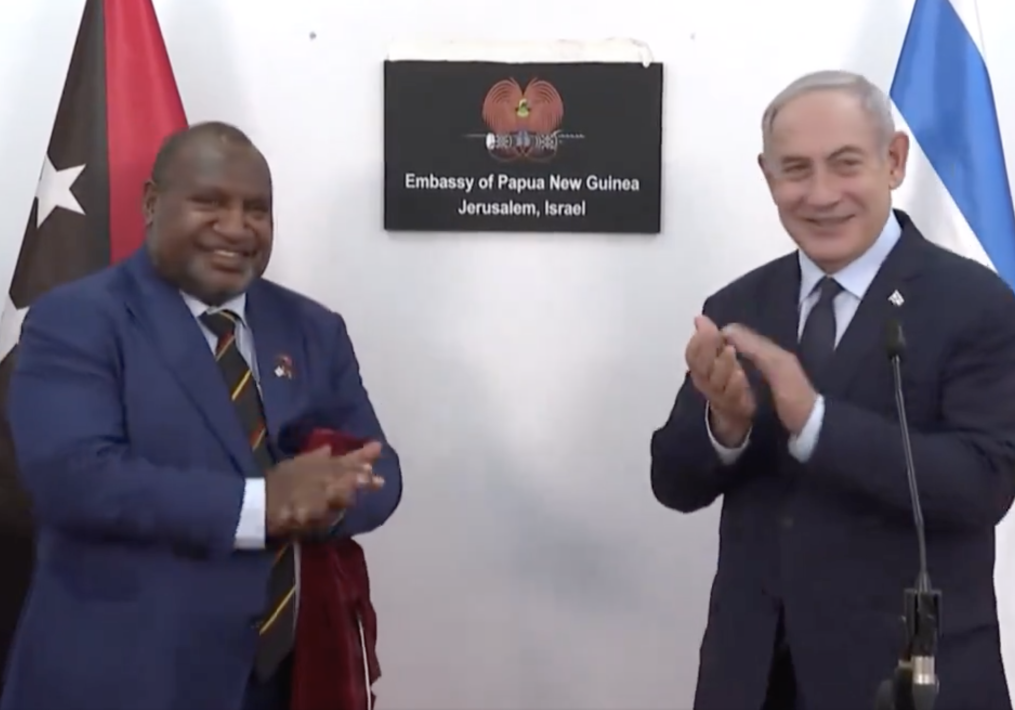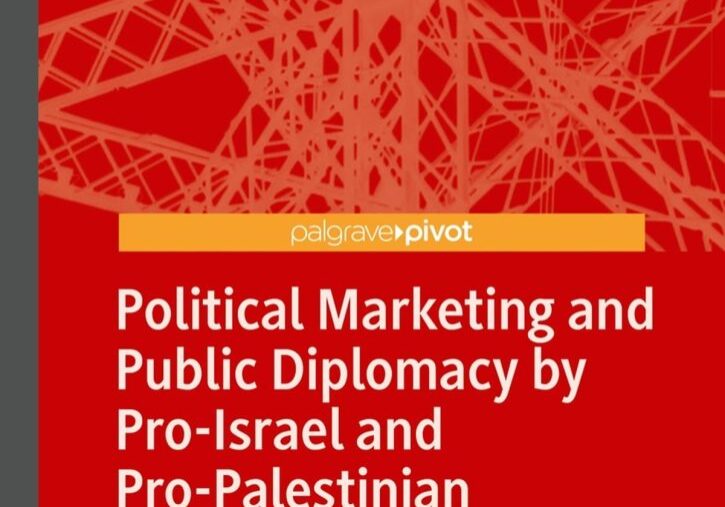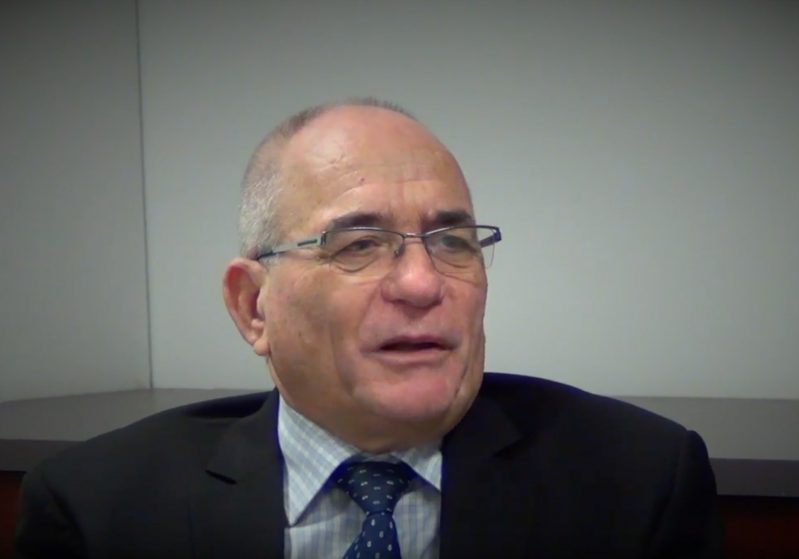Australia/Israel Review
Editorial: Race Hate and the Law
Aug 27, 2012 | Colin Rubenstein
Colin Rubenstein
Our society is founded on principles of civility, tolerance and the opportunity for all people, regardless of religion or racial or ethnic origins, to contribute to their maximum potential. This is why it is of fundamental concern when Australia’s laws against public expressions of racial hatred are being targeted by some for dilution or even repeal.
The federal Racial Hatred Act came into effect in 1996. This law was, and still is, an important response to damaging racist behaviour that frequently targets groups within the Australian community, such as Aborigines, Asians, Jews, Africans, various Muslim communities and others.
The key provisions on racial hatred were incorporated into the 1975 Racial Discrimination Act. Its section 18C now prohibits an action that is “reasonably likely, in all the circumstances, to offend, insult, humiliate or intimidate another person or group of people” and which is done because of their race, colour, or national or ethnic origin, as being a breach of that person or group’s civil rights.
These federal provisions were introduced on a bipartisan basis, and have been upheld by the Federal Court. Corresponding state-level legislation has also largely had bipartisan support.
Further, the International Covenant on Civil and Political Rights, to which Australia is a party, obliges all its parties to adopt laws prohibiting “advocacy of national, racial or religious hatred that constitutes discrimination, hostility or violence” (Article 20). In addition, most developed countries have adopted such laws, while remaining strong democracies with robust debate.
Nonetheless, some commentators believe that all racial hatred laws should be eliminated altogether, usually on purist “free speech” grounds. Free speech, of course, is fundamentally important to the functioning of a modern democracy, but this right has never been absolute.There have always been legitimate limits placed on it – from defamation, to incitement, to false advertising regulations, to laws about perjury and other forms of lying to authorities, to shouting “fire” in a crowded theatre.
Racial vilification is a case where extreme forms of speech can strongly compromise other important human rights – including the right to live one’s life free from harassment, intimidation and violence. Laws are therefore justified which, while calibrated to keep to an absolute minimum necessary restrictions on expression, also protect these other rights from extreme speech which threatens them.
In a recent lecture, Australian Opposition Leader Tony Abbott raised the possibility of repealing some or all of section 18C “in its present form”, under a future Coalition government.
The shadow Attorney General, Senator George Brandis has since confirmed his party’s stance by stressing that the intention is only to repeal section 18C in “its current form”, thus further implying that some form of racial hatred legislation will be retained. He has not as yet indicated through what process the law might be reviewed and changed.
Senator Brandis has argued that section 18C confuses the censorship of opinions with the utterance of intimidating words but it is important that he clarifies his understanding of the distinction between the two concepts. To protect free expression of opinion, the legislation already provides exemptions for academic, artistic and scientific work, done reasonably and in good faith. It also exempts any statement, publication or discussion that is a fair or accurate report or a fair comment expressing a genuine belief, or done for any other genuine purpose in the public interest.
The current apprehension about the law appears to stem in large part from the fear that a chilling effect on public discussion might be generated by Justice Bromberg’s decision in the 2011 Federal Court case Eatock v Bolt. His Honour ruled the published opinions of Herald Sun columnist Andrew Bolt on Australian Aboriginal approaches to self-identification to be in breach of section 18C of the Act.
However, other cases have uncontroversially demonstrated the value of 18C’s provisions in combatting genuine racial hatred. In a series of cases in which the applicant was Jeremy Jones, AIJAC’s Director of Community and International Affairs, acting for the Executive Council of Australian Jewry, a series of important principles were established. Newspapers were given guidelines on responsibility when publishing material from external sources which were recognised as racist. The Internet was found to be covered by Australian law. Holocaust denial was recognised as antisemitism. Most importantly, victims of harassment have had legal recourse.
As a matter of principle, a judicious review of the racial hatred provisions in the Racial Discrimination Act, which included thorough public consultation, might be timely. It could yield opportunities to improve on the current law and to examine the relevance of some academic analyses which have critiqued the current provisions for ambiguities and inconsistencies.
However, any attack on the principles underlying such laws is a serious error of political and moral judgement. Regardless of the merits or faults of the Federal Court’s judgement in the Bolt case, it would be an overreaction to remove all protections from racial hate speech acts in Australia’s multicultural society.
Similarly, the fate of this law should not be confused with the separate debate about media regulation. The two issues really have very little to do with each other – except in the minds of those whose primary political preoccupation is a campaign for absolute “free speech” at all costs.
The Leader of the Opposition and the shadow Attorney General have not yet clarified what they see as the best means for protecting the human rights of victims of racism. Their constructive, specific suggestions are keenly awaited. Our common objectives are, as always, to improve our legal standards so that the upshot will be strengthened, even more effective, legal means to address the genuine harm caused by public expressions which vilify, incite, intimidate or harass on the basis of racial or ethnic origins.
Tags: Australasia






